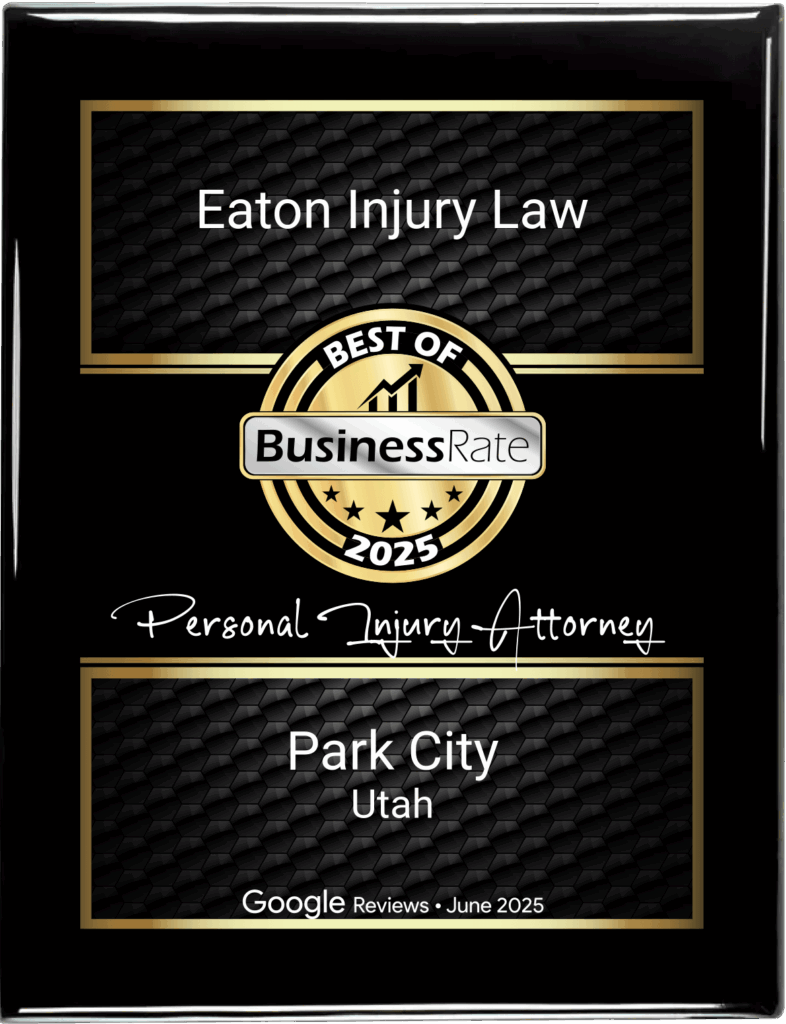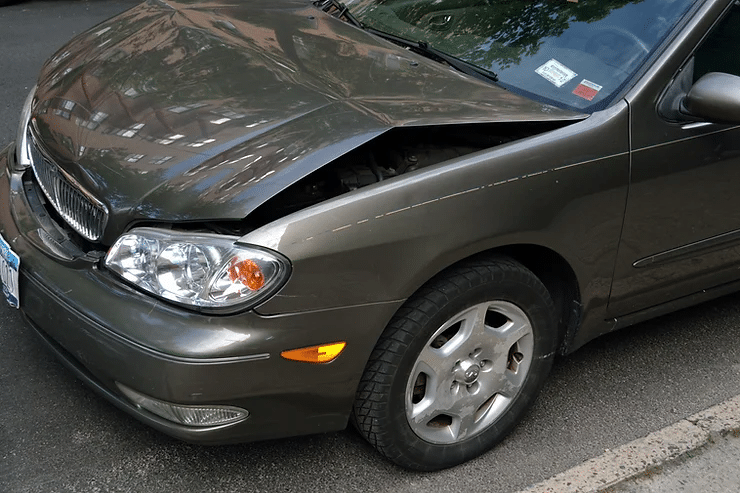$0 Fee, Until You WIn
No Fees Unless We Win Your Case
Ready to Take the Next Step? Get Your Free Personal Injury Consultation Today!


The team at Eaton Injury Law certainly hopes you never end up being the victim of a car accident. If you do, you may find yourself searching, “What do I do after a car crash?” If so, you are in the right place. Here are 8 helpful tips written by a top Utah personal injury lawyer on what to do after a car accident.
Step one is to get to safety. If you can, get your car off of the road and away from more danger. Once you are in a safe area, check yourself for injuries. If you don’t identify any apparent injuries, you should exit your vehicle. Once you are certain that you don’t notice immediate injuries, check any passengers, pedestrians, or other drivers involved for injuries. If you are unable to move your vehicle to a safe area and you were not injured in the collision, get out of the car once it is safe to do so and get yourself to safety.
Step two is to call the police. Calling the police ensures that the accident gets documented and allows officials to clean up the scene if necessary. Obtaining the police report after a collision will ultimately help your insurance provider and lawyer process your accident claim. Be sure to fully cooperate with the responding officer and answer their questions as honestly as possible.
Step three is to take pictures if you can. Photos from the scene of a car accident can show proof of the cause of the accident, and what contributing factors may have had a role in the accident. They can also show injuries, property damage, vehicle damage, and details that may prove to be relevant to your claim, such as posted traffic signs and who was present at the scene.
Step four is to never admit liability. This applies to everybody and includes the other driver, the police, the other driver’s insurance, and even your insurance. Your insurance carrier may deny your claim if you accept blame or liability for the crash. Even worse, you may think that the accident was your fault and then later find out it was the other driver’s fault. Do not provide any more information than is necessary, but try to be polite and helpful. Let a lawyer figure out liability for you. The other driver’s insurance may ask you to give a recorded statement. Do not consent to this, as opposing insurance agents are experts at trying to get you to say things that you should not be saying.
Step five is to exchange contact info. You can wait until the police arrive or do it while waiting for them, but be sure to exchange at a minimum, the following information with the other drivers involved:
It is also beneficial to gather contact information from any witnesses who stopped and are willing to testify as to what took place.
Step six is to file a claim. After the other steps have been taken, contact your insurance provider and file an accident claim. Some insurance providers require notice to be given within one to three days. You will likely receive a damage valuation of your car. If you disagree with the amount the insurance adjuster valued, you have the option to seek independent estimates on your own. After obtaining these estimates you may offer this information to your adjuster.
Step seven is to keep track of your medical treatment and expenses. Maintain journals of your injuries, the doctors you have visited, and the treatment you have received. This includes keeping copies of your medical expenses. It is also important to keep track of the days you have missed from school or work due to your injuries. If you end up going to trial, it can often be hard to demonstrate “pain and suffering” so documenting this information should benefit you in the long run. While you recover from your injuries, keep a journal, take notes, or use a mood-tracking app to document your feelings daily.
Step eight is to consult a personal injury attorney. This step may be performed right after the crash or any time thereafter, however, there are advantages to contacting a Utah car crash attorney early. There are also certain deadlines in which you must bring your claim or else it may be barred.
Car accidents can result in significant damages, including property damage to a vehicle, expensive medical bills, lost wages, and intense emotional suffering. Skilled Utah car crash lawyers can help hold at-fault drivers accountable for their actions and ensure their clients receive maximum compensation. The Utah personal injury attorneys at Eaton Injury Law work vigorously for our clients to ensure they receive the compensation they are legally entitled to after a car crash. If you have been harmed by another driver’s negligence, call us at (385) 333-7711
